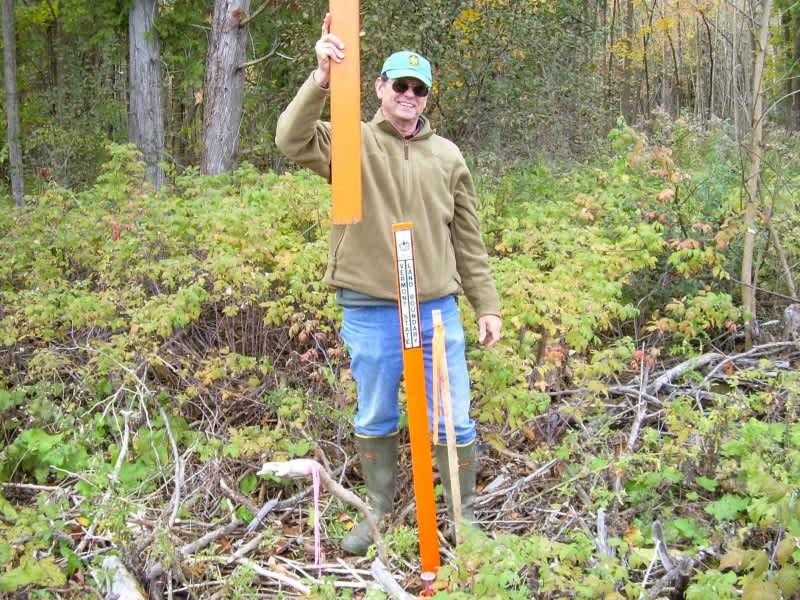After 17 Years, Crosby Tract Preserves Wetlands Habitat Along Vermont’s Lake Champlain
OutdoorHub 02.01.13

The Vermont Fish & Wildlife Department and The Nature Conservancy have partnered to conserve a parcel of land that connects two separate units of the Mud Creek Wildlife Management Area and protects a 4-mile contiguous stretch of wetland from Ransoms Bay of Lake Champlain to the Canadian border. The tract also connects with 1,000 acres of conserved land on the Quebec side of the border.
The purchase of the 148.9 acre parcel follows a long-term effort to conserve the tract by Fish & Wildlife’s Bill Crenshaw and The Nature Conservancy’s Jon Binhammer.
“What makes the Crosby tract special is that Bill Crenshaw and Jon Binhammer worked on the conservation of this land for 17 years with two different landowners,” said Jane Lazorchak, land acquisition coordinator for the Vermont Fish & Wildlife Department. “Bill and Jon’s perseverance to see that this land was conserved and available to the public, in addition to their many other conservation projects throughout Vermont, represent a legacy that will last for generations.” Crenshaw retired in December following a 39-year career with the Fish & Wildlife Department.
“We have finally achieved our desired result – permanent public access to about 30 acres of uplands, 120 acres of wetlands, and 1,800 feet of frontage on Lake Champlain, including a natural lake sand beach and rock outcrop called Blue Rock” said Binhammer.
The Crosby tract and Mud Creek area is well known for its waterfowl and other wetland-associated wildlife. “These forested wetlands are the preferred habitat for wood ducks, and the rocky outcrop is a basking habitat for the spiny softshell turtle, a state-threatened species,” said Binhammer.
“This is an outstanding piece of fish and wildlife habitat,” added Crenshaw. “About 75 percent of it is Lake Champlain-influenced wetlands which are naturally productive.”
Funding for this purchase came from the North American Wetlands Conservation Act (NAWCA), passed by Congress in 1989 to conserve wetlands throughout North America for waterfowl and other wetland-dependent species. Vermont Duck Stamp Funds were used in part to help match the NAWCA grant. The Vermont Duck Stamp Program started in 1985 by Legislative action and to date has completed 82 projects in the state with approximately 11,000 acres of wetlands and adjacent uplands protected or enhanced.

